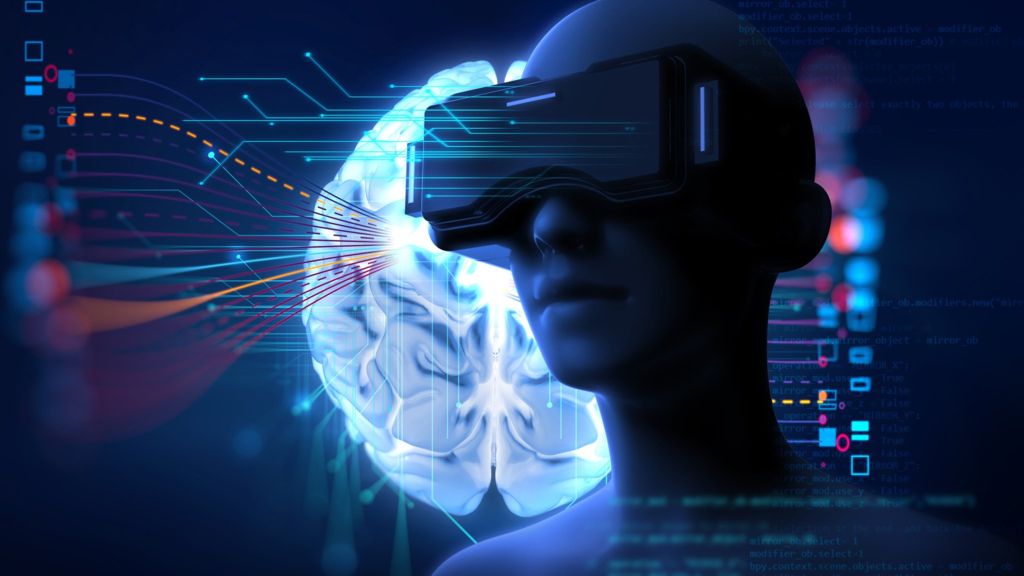Wait a second. You’ve heard the old story that virtual reality brings on a bad case of vertigo for most users, right? Of course you have. It’s about as common to hear now as moms in the 1980s telling kids to move away from the TV screen. New research just busted all of those misconceptions–about vertigo anyway. Though a handful of virtual reality users feel slightly dizzy after initially using the technology, the vast majority of VR users experience no such problem. In fact, recent research shows that virtual reality is effective for vertigo prevention and treatment.
A Quick Explanation of Vertigo
When one hears the word “vertigo”, his thoughts might turn to the popular U2 single that goes by the same name. Others believe vertigo is a reference to a fear of heights. Some people use the synonyms of vertigo to describe its effects. Instead of saying, “I feel vertigo”, people typically say, “I feel dizzy.” Aside from dizziness, vertigo sufferers also experience nausea and a loss of balance. Those who suffer from severe vertigo have constant symptoms that last for days or even weeks.

Some visual vertigo patients report that certain environments with repetitive visual patterns such as grocery stores and shopping centers trigger the condition. These environments’ stocked shelves and uniform visual stimuli often prove too much for the vertigo sufferer to tolerate. Even walking along the side of a waterway where one has visual motion to one side and an absence of motion on the other side can trigger an episode of visual vertigo.

VR to Combat Visual Vertigo
Medical researchers are not exactly sure what induces visual vertigo. They are quick to admit that few effective treatment modalities exist. However, there is still hope. Cardiff University psychologists recently conducted a study to determine if virtual reality could be used to diagnose and/or ameliorate the effects of visual vertigo. The results indicate that virtual reality holds promise for the diagnosis and rehabilitation of this vertigo.
Vertigo patients desperately need an effective form of treatment. There is not much fulfillment to be derived from spending the vast majority of one’s life within the confines of his home. Though certain environments trigger visual vertigo, the extent of the nausea often differs quite drastically from one patient to the next. Virtual reality allows for the exertion of flexibility over environments so the patient can be shown diverse visuals. These virtual environments allow doctors to determine the specific visual triggers for each unique patient’s vertigo. Patients are shown unique VR images one-by-one. They are provided with breaks, water and opportunities to provide feedback between VR images. Once the triggers are identified, idiosyncratic rehabilitation therapies can be developed for each individual patient.
It is possible that virtual reality will soon serve as an accepted treatment modality across the global medical community that enables vertigo sufferers to leave their home and function like “normal” individuals. VR might even empower visual vertigo sufferers to hold down a steady job in an environment outside of the home. As it stands now, many vertigo patients are unable to venture outdoors because their vertigo makes them feel egregiously dizzy.

The Irony of VR as a Treatment Modality for Visual Vertigo
It is quite ironic that virtual reality might prove effective in treating and even preventing visual vertigo. After all, many of those who manage or own companies that compete with virtual reality-oriented businesses have been quick to point out that VR induces dizziness in some users. Such statements hold little truth. The bottom line is that VR requires a small adjustment on the user’s behalf. Those who are particularly sensitive to visual stimuli might feel slightly nauseous for a brief period of time after initially donning a VR helmet.











